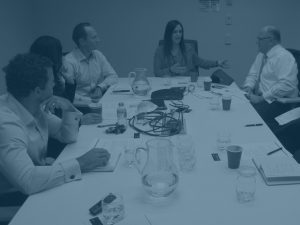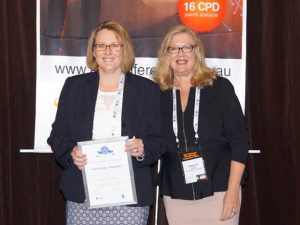Advisers, licensees and life company colleagues sat down to discuss how Australia’s life insurance industry is evolving, particularly in relation to the area of health and wellness and how advisers and life companies are seeking to add value for the consumer, both now and into the future…
Panelists
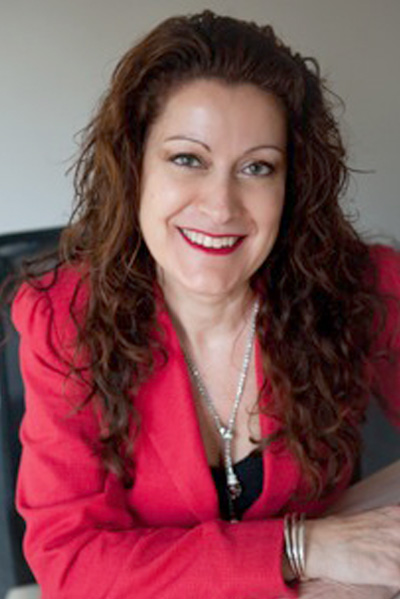
Pina Sciarrone – Chief Retail Insurance Officer, AIA Australia, Co-host
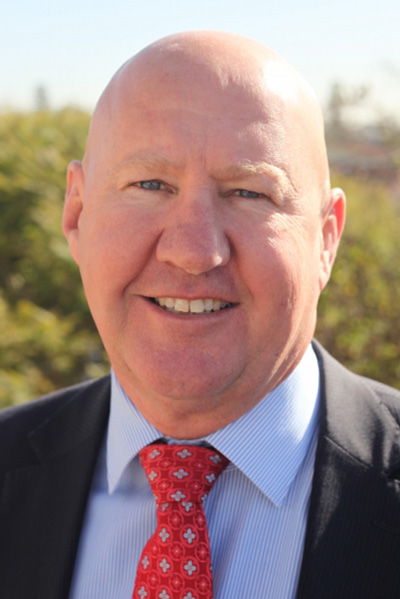
Nick Hatherly – Licensee voice, MD and Adviser, Australian Financial Risk Management

Scott Dawkins – Adviser voice, Griffin Financial Services

Dianna Pecherczyk – Adviser voice, Diamond Blue Financial Services
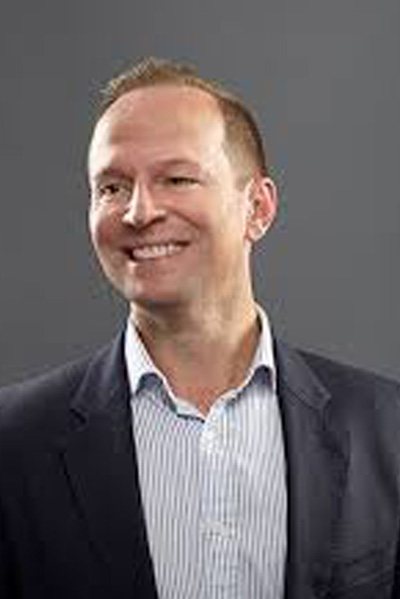
Jeff Thurecht – Adviser voice, Evalesco Financial Services
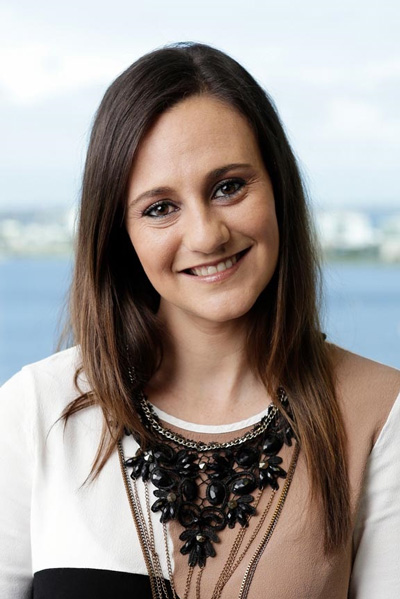
Jade Burford – Adviser voice, Advocate Private Wealth
Table of contents (Click these links to move directly to those topics)
- Health and wellness philosophy
- Health and wellness as part of the advice process
- Integrating health and wellness into an advice business
- The benefits
- Consumer perceptions
- The evolving role of the risk focused adviser – opposing views
- Ongoing viability of risk-focused advice practices
- Shared value
- Final words
Health and wellness philosophy – Back to top
The panel initially discussed the area of health and wellness and where this topic sits within the broader advice process. It discussed what role can and should be played by insurers, licensees and advisers in enabling these conversations, and whether this was the general direction in which the industry is, or should be heading.
AIA Australia’s Chief Retail Insurance Officer, Pina Sciarrone, told the panel she passionately believes that incorporating health and wellness with insurance solutions is indeed where the industry is heading, and that more life insurers should be adopting this approach within the services they offer.
Once the program is in place, Pina said insurers should also be providing the education for advisers to complement the program itself. “We introduced AIA Vitality about two and a half years ago and probably the biggest hurdle for advisers has been working through how to actually bring health and wellness into the conversation with their clients, as well as ensuring they understand the nature of the proposition and its true benefits.
“I think the misconception in the mind of advisers and some consumers is that it’s just a discount program,” said Pina. She said the key element that differentiated Vitality from other health and wellness programs is that it changes behaviours. “Vitality is about educating an individual about their health status and the need to take action to address it. When I began the program I was personally alarmed to learn that my Vitality age, which is calculated based on my health status, was five years older than my actual age,” she said. “The program provides tools and education around how to address any health issues and it takes you on that journey.
Pina told her peers that behavioural economics studies have found that for people to actually change their behaviour, they need to be ‘nudged’. “They need incentives and Vitality gives them the nudges and incentives they need. Vitality produces changes in behaviour and hence long-lasting positive effects on your life and lifestyle.”
we need to wake up and understand that we’ve got a problem here
“As insurers, we’re seeing an increasing trend in receiving claims from largely preventable diseases, which are due to lifestyle choices around exercise, nutrition, smoking and drinking habits. Those choices are leading to four main types of preventable, non-communicable diseases, which is leading to 90% of deaths in Australia. That’s crazy,” said Pina, who added that something must be done about educating people and changing behaviours around lifestyle choices to reduce that percentage of preventable deaths quite drastically: “…we need to wake up and understand that we’ve got a problem here. Two in three Australians …are obese. Our kids are becoming obese. We know the annual cost to our health care system of obesity, smoking and harmful drinking is six billion dollars. We’ve got a real issue here.”
Pina was queried on whether advocating for other insurers to implement similar comprehensive health and wellness programs would reduce the differentiating nature of AIA Australia’s own offer. She agreed this could be the case, but said she believes in ‘abundance’ and in the concept of the rising tide that lifts all boats. “If we’ve got more people promoting this message then we’ve got more individuals that are going to adopt health and wellness programs. We reach that tipping point where health and wellness becomes an important issue for both the consumer and for the Government – for everyone in the industry. Through this awareness and programs like Vitality, we can begin the process of becoming the healthiest nation in the world.”
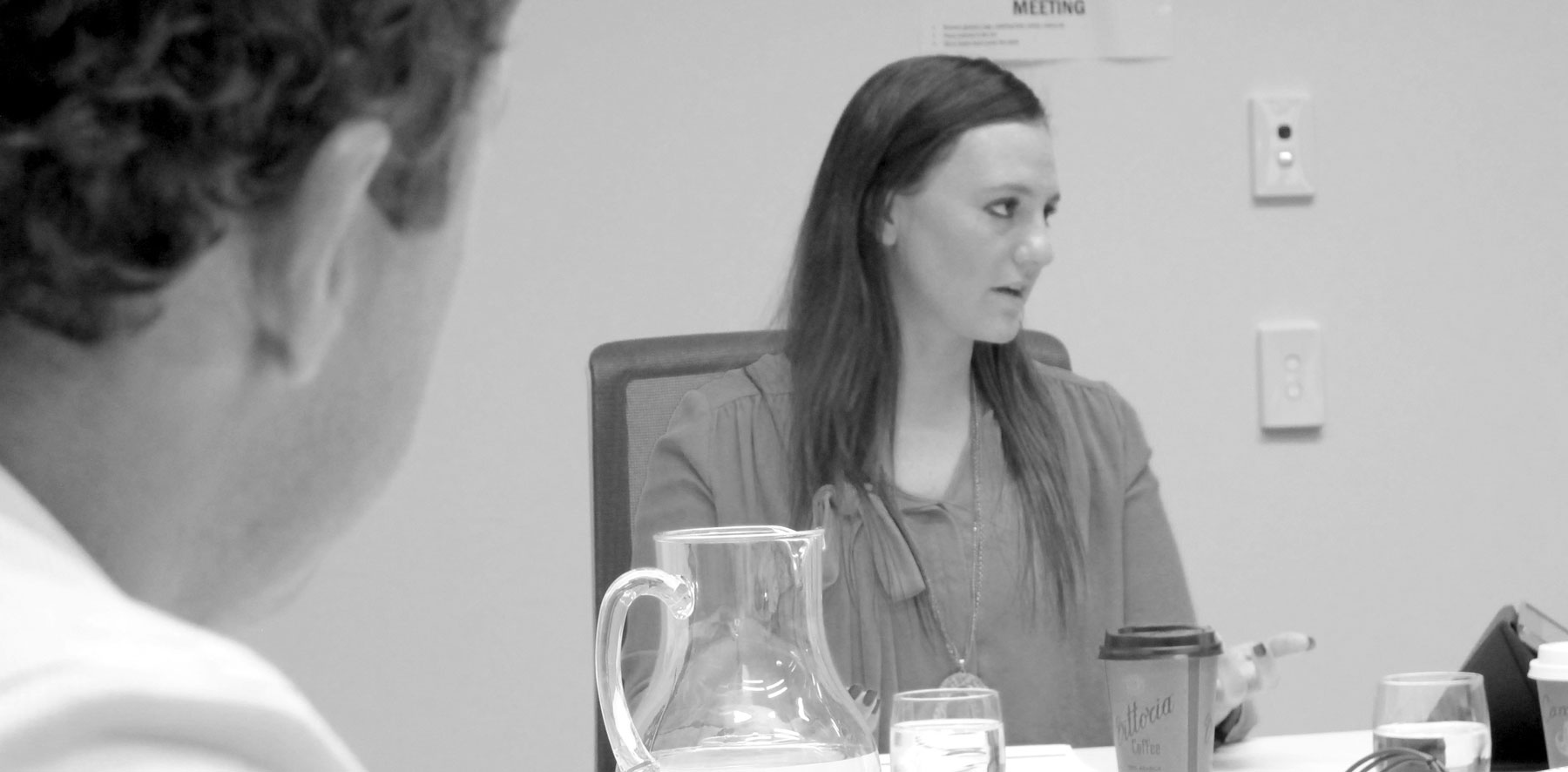
Health and wellness as part of the advice process – Back to top
Nick Hatherly is Managing Director of established risk-focused firm, Australian Financial Risk Management. While agreeing that AIA’s
Vitality and other health and wellness programs were positive for the industry, he spoke to the panel about where these programs fit within the current advice process. “I think Vitality is a fabulous proposition. However I don’t know whose responsibility it is – whose job it is to roll that ‘product’ out to the market place. Is it the job of the licensee to educate people as to the value of health and wellness? I’ve taken the stance that it isn’t my job as a licensee to do that. That doesn’t mean I’m against it. I don’t think it’s my role as a licensee or as an adviser to build the market for this product/service.”
Nick told the panel he understands the health and wellbeing conversation has been quite a topic in South Africa for some time. “But I can’t see any value in my business to run with this proposition.”
Questioned about the role that advisers within AFRM play in disseminating the broader health and wellness message to their clients and prospective clients, Nick said it depends on the individual adviser’s market.
Pina suggested to Nick that “…if you’re in the business of protecting people’s lives and managing risk, why wouldn’t you extend that to health and wellness?” Nick responded that he’s not saying ‘no’ to the proposition, but that it’s not top consideration for him as the head of a risk-focused licensee business.
He said his major priorities lay with others parts of the advice process. “Let’s get the product right. Let’s get the definitions right, and the structures and the tax outcomes” he said. “And if all that is good, then when we go to claim, my clients won’t be talking to me about the fact they’ve done this ‘health and wellness’ thing. They want to know they’re going to get paid once they’ve had their heart attack and that the contract is actually going to do its intended job first and foremost. Then, if we can engage with insurers with these schemes and get a better outcome for the client, that’s great. But I don’t think that’s first priority for my business.”
Nick continued, “We already have great conversations with our clients without the health and wellness component. It’s certainly something that can be introduced into the discussion. We’re also introducing new topics and subjects. But essentially, insurance is a funding mechanism to address a problem and we have to take people there.”
Pina detailed the benefits to advice businesses in embracing health and wellness programs, which included:
- Better retention and lower lapses
- Better client engagement
- More referrals
- Business growth
- Improved business quality
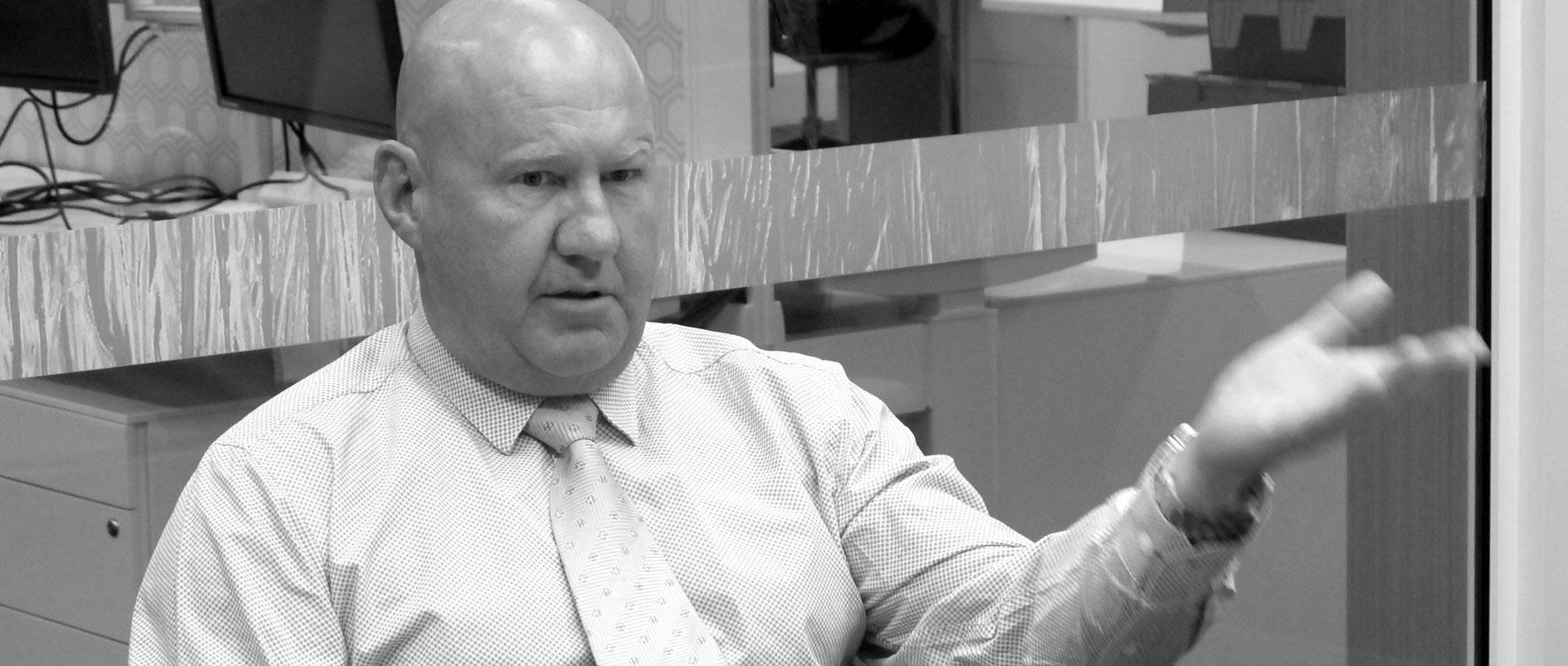
Dianna Pecherczyk is a senior risk adviser with Sydney CBD firm Diamond Blue Financial Services. From Di’s perspective, so many people in Australia don’t believe in life insurance. “So that makes it hard from the outset,” said Di, continuing, “Luckily, the majority of my clients are educated and understand the issue of risk management.” But Dianna agreed one of the issues was how she can reach more consumers to educate and to share that life insurance message, and how health and wellness conversations may be part of the answer.
South African born Jade Burford, who now lives and works as a risk focused adviser in Perth (Advocate Private Wealth), told the panel she has already incorporated the health and wellness message into her formal advice process. ”If you’re having a conversation about life insurance and its importance, that’s great. But after that starting point, no adviser I have ever spoken with actually wants their clients to claim. So it then becomes about how we can help our clients live a more engaged and a better quality life,” said Jade, effectively endorsing the health and wellness message as a solution to this challenge.
An Australian citizen, Jade grew up in South Africa with the Vitality message. Comparing the introduction of Vitality into both South Africa and Australia, Jade told the panel the health and wellbeing message has gained a much bigger traction in Australia than it did in South Africa in its early years.
Notwithstanding what she sees as a better initial engagement by Australians of the health and wellness message, Jade also sees that “Australians have the potential to be more proactive and with deeper vitality integration Australians can become more proactive in assessing their health as opposed to only seeing a doctor when there’s something wrong and when they are displaying symptoms.” Similarly, she says the majority only ever want to engage with a financial adviser when there’s something wrong or a loved one has died or when they have already had an accident or have become seriously ill.
I’d been holding my clients accountable for their financial goals but not for the more fundamental things that are really important
She dispelled the notion that west coast Australians had developed a greater traction towards Vitality and the broader health and wellness conversation by virtue of WA’s closer proximity to and links with South Africa, where the mentality and culture of health and wellness is more ingrained.
Dianna, however, who was originally from Perth, said West Australians are more attuned to lifestyle and where healthy living is very important, compared with eastern states and especially Sydney and Melbourne residents, where she has perceived there exists a greater focus on career and making money. “So in the bigger cities, you don’t see the problem until it’s there,” said Di. In a metaphorical sense, Di believes people “…see the sky more in Perth and can better and earlier identify health and wellness issues.”
Integrating health and wellness into an advice business – Back to top
Senior industry adviser and practice co-owner, Jeff Thurecht (Evalesco Financial Services), said he became interested in health and quality of life issues and spending time with the people who are important to him, “…which led me down the path of investigating the health and wellness proposition as part of my advice process.”
Jeff said he was “…getting a bit jaded from conversations with clients who were saying to me these things are important to them – but they weren’t doing anything about it. I’d been holding my clients accountable for their financial goals but not for the more fundamental things that are really important. So I started to look at how I could provide more value in that space.”
Initially, Jeff said he was a little wary when the Vitality program was first rolled out but eventually he and his staff decided they would ‘walk the talk’ and have embraced various health and fitness goals as a team, with 14 of the 16 Evalesco management and staff participating in Septembers’ Sydney Running Festival. “Our team decided that if we were going to have this focus on health [using Vitality] as an important part of our client proposition then we need to be focusing on our own personal health. Setting some team goals around that proposition showed our clients we were living and breathing it.”
Jeff confirmed that Evalesco, which delivers a holistic advice service, is seeking, where appropriate, to apply the Vitality service across the firm’s entire client base; not just for its life insurance clients. He noted an interesting point that few, if any, other professions collect so much values based and goals based information about their clients. But in doing so, Jeff said this allows his team to deliver value via a health and wellness program that addresses specific health, wellness and lifestyle issues relevant for each client.
The benefits – Back to top
Pina documented some of the longer-term benefits delivered by the Vitality program in South Africa:
- In South Africa, the impact of the Vitality program in terms of hospital admissions has been staggering. In a study of 900,000 members of Vitality in 2006, the results showed engaged members had lower costs per patient, shorter stays in hospital and fewer admissions compared with other groups.
- Admission rates were also 7.4% lower for cardiovascular disease, 13.2% lower for cancers, and 20.7% lower for endocrine and metabolic diseases in the highly engaged group compared with any of the other groups
Adviser and practice owner, Scott Dawkins (Griffin Financial Services), pointed out to the panel that his clients who have adopted the Vitality program pay a lower premium than his other clients who are not part of it. This is why Scott seeks to place all his risk clients on the program. He says his business has a similar philosophy to Jeff’s at Evalesco, in that they work on a values-based advice process. Scott himself leads a healthy and active lifestyle, as do most of his staff, so the health and wellness element is one that fits neatly into the philosophy of his business. “I find there are so many things I need to talk about with my client; even though there are things I believe in ideologically, I don’t usually bring up the question of health and wellness until after the client has made the decision to take out life insurance. He says Vitality is not the reason he recommends the AIA range of products when appropriate, but it is a positive element once the insurer has been selected. “But it is a good benefit and it does complete a good story,” he added.
I still think a lot of Australians don’t trust advisers or insurance companies
Nick agreed with Scott, in that he supported the notion of getting the solution right, first and foremost, and then address ancillary benefits and value-added services such as health and wellness.
Scott added that a health and wellness service assists in making a good story conversation “…that is less about ‘old-school’ negative, fear-based sales conversations, being replaced by more pro-active, positive conversations. I still think a lot of Australians don’t trust advisers or insurance companies so this is a good story to share with our clients.” For Scott, it’s a question of “…where that piece comes into the conversation.” He added that Vitality and other health and wellness programs is more of an ongoing conversation rather than a benefit at commencement only.
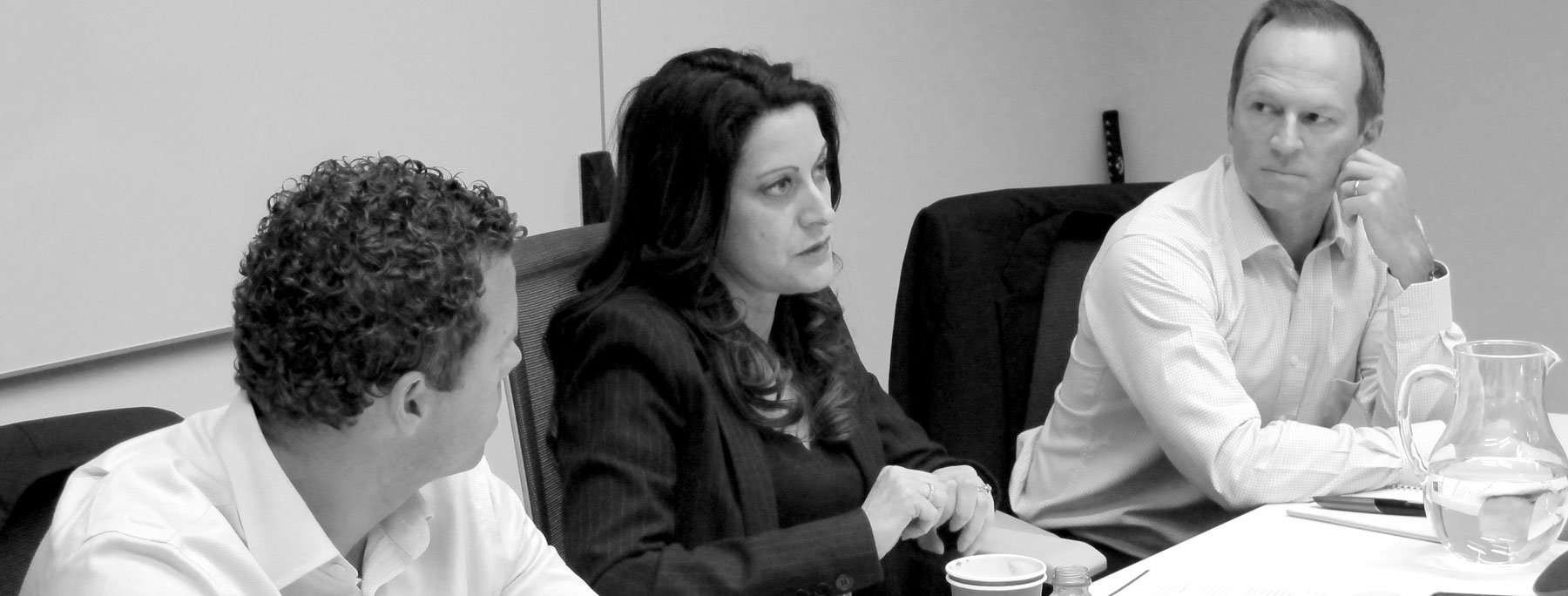
Jeff noted that the proposition that exists for his business and for those of the other advisers on the panel is probably different from the proposition that needs to be made to get in front of the 80% of Australians who aren’t receiving personal financial advice. In terms of closing the underinsurance gap he thinks this needs a different approach than that which has existed to date, and sees health and wellness as an opportunity. He says it’s not something on which his own business will focus but that health and wellness offers can make a difference to the broader market.
Consumer perceptions – Back to top
A question from Nick to Pina was whether she had any information that the Vitality initiative is having a positive impact on consumer perceptions of AIA Australia. Pina told the panel there is evidence AIA is talking to more people and is generally more engaged with their policy holder community. Our retention of insurance policies has also improved. She believes the Vitality program is making AIA Australia and life insurance more relevant to more people.
The challenge for AIA in Australia, according to Pina, is continuing to remain relevant to the Australian market without ownership of distribution.
“If you look at all the research, what’s important to people is their relationships, health and wealth. Vitality has ticked the health box. Through Vitality we’re educating the consumer, the client and advisers about their health and wellness and helping them to make positive changes in this area.”
From Jade’s perspective, she says she has noticed a definite shift in both consumer and adviser attitude towards AIA Australia since the introduction of Vitality. “People are noticing and asking why AIA is starting to care about them and about their health and wellbeing. This is true for both advisers and consumers,” added Jade.
She continued, “…it’s so easy to explain why you’re doing it.” Commercially, Jade supports the aim of AIA having the healthiest book of insured clients in Australia. She says it obviously makes sense from a financial perspective. “And you’re making a difference by encouraging people to be more active and giving them free health checks every year, especially when they’re young.” Jade says if young people in particular undertake free annual health checks they are more likely to get on top of elevated cholesterol levels or other health warning signs earlier than may otherwise have been the case. “So you’re making a difference in the long term.”
The evolving role of the risk focused adviser – opposing views – Back to top
Debate surrounding the future role of the risk focussed adviser has been elevated in recent years, brought about by regulatory reforms (FoFA, LIF) and the changing nature of society and how it accesses information. Various Industry commentators have suggested risk focussed advisers need to rethink how they add value to their clients. For example, 360° Solution’s Vicki Writer has previously said that “…it became very apparent to me a number of years ago that a financial advice practice, particularly a pure risk practice, could not possibly survive in the 21st Century without fundamentally changing the way it does business.”
Using this as a basis for discussion, Dianna says she believes there are other ways advisers could deliver value. “But it takes time,” she said. “The Vitality piece involves finding more hours in our day to explain it all.”
Dianna continued, “Yes, there’s more we can be doing, but it all takes time and we need help with delivering those services. I’ve been in risk insurance since 2000 and haven’t really seen the role of the risk focussed adviser change since then.” Di added that she thinks advisers don’t ‘scare’ clients as much these days and that technological advancements have assisted and changed the way some advisers businesses are structured. But overall she sees little change on the horizon for risk specialists.
On the other side of the equation, Jade thinks her role has been enhanced since embracing a health and wellness message. Unlike most advisers Jade has a medical background, which has assisted in her analysis of complex product definitions. “But I’ve found my role has become a coaching role and even a ‘psychology’ role because people don’t often have other people asking what’s important to them. So we actually ask those questions and our clients and prospective clients can see that we actually care.”
Jade shared a client case study of how the Vitality program has helped. She agreed there is a definite aspect of life coaching in what she does now, since she has embraced the health and wellness mantra and incorporated it into her advice process. Jade’s is a holistic advice firm, operating mostly on a fee for service remuneration structure. She told her peers that 78% of new clients to the business in the last year were referred to her by existing Vitality clients. “This is because the service impacts on people from an emotional perspective,” she said, and agreed with Nick that these clients tend to become very ‘loyal’ clients. “And I know I’ve added value, not just on insurance but on a much broader level.”
On a related point, Pina noted lapse levels since Vitality was implemented. In just over two years since the launch of the program in Australia, Pina said AIA is experiencing a 32% improvement in policy retention for life insurance policies that have the Vitality program attached to them. “That’s comparing them to similar AIA policies of equal duration that do not have Vitality attached,” said Pina, who observed that these results speak for themselves in terms of value.
Ongoing viability of risk-focused advice practices – Back to top
Jeff told the panel he believes his own role has changed, and it’s been a conscious decision to do so, “…because we’ve changed the value proposition to our clients.” In a sober warning about the future for other risk-focussed businesses, Jeff continued, “There are still businesses out there operating under a pure life insurance model and it’s working very successfully for them. In reference to sustainability of revenue models and the extent to which they are currently reliant on upfront or trailing commissions, Jeff said “I think that legislative changes may have an impact and may shorten the timeframe in which these businesses need to make some decisions about how they are going to operate in future.”
He continued, “…we think there is a broader, more holistic proposition that can add value for our clients. So my role has changed more towards managing my clients’ behaviour, educating them, making them accountable and placing less focus on specific product placement and product solutions. The product is less important as part of the overall strategy to help them achieve their goals.”
The whole concept of a pure risk adviser hasn’t existed for a long time in the UK
In relation to the ongoing viability of risk-focussed advice practices, Scott told the panel he believes the entire advice industry is changing. “I think there is a problem with the pure risk advice proposition. I think regulation is a lesser issue, but I also think the next ten years will see probably more change in the advice industry than ever before – particularly in the area of technology and how people engage with [financial] products.” Scott also said he believes there will be big disruptors from outside the industry and that revenue models will also change. “People need and want relationships. But I think the nature in which they receive the types of product solutions they currently have access to is evolving quickly and is involving real change.”

Scott, who has also worked as an adviser in the United Kingdom, continued: “In lots of ways, I think Australia is ahead of the curve in the advice industry, but there are some areas where we’re also behind. The whole concept of a pure risk adviser hasn’t existed for a long time in the UK. You still write risk and you still do it on commission, but you need to make the client aware that they can access the same product at a 30% discount if they go direct. Or you go fee for advice.” Scott says UK advisers have generally been slower on the uptake of the fee for advice model and that Australian advisers are ahead in that area.
“There has been and will be a lot of change across the risk industry,” said Scott. “…if advice businesses don’t adapt, then you can still have a risk focussed business, but in ten years’ time it will look a lot different than it does today.”
From Nick’s perspective he says it’s all about achieving certainty of outcome for the client. “Certainty of outcome means that when the **** hits the fan, the client will be able to successfully claim. “Everything we do is about the claim,” said Nick, whose philosophy is that he expects every client to eventually go on claim, and that they will have certainty when they do so. “That’s how I look at it. So is it changing the way I think? Not yet,” said Nick. “I think our model has got longevity. Maybe remuneration structures are going to have to change but not how we approach the way we provide services to our clients. It remains about certainty of outcome. And that certainty doesn’t always sit around an insurance policy. It’s also in documentation and it’s in shareholding and partnership agreements, estate planning rules etc. “What we’re doing is getting all our clients to the point where we can say, ‘If this happens, you’re going to be ok.”
Within that focus, Nick added “I don’t think the health and wellness agenda changes that underlying conversation, but it does contribute to informed lifestyle choices.”
Pina agreed this fundamental need for insurance appropriate to the clients need never goes away, but that the health and wellness agenda enhances the existing conversation.
Nick suggested it can depend on how one defines a risk adviser. He reflected that AFRM was effectively a top end and quality advice service, while there still exist ‘product floggers’ who are now irrelevant. “They have nothing to offer and they are disappearing,” he said.
Scott also believes that more and more people will demand a broader service than purely life insurance advice – a relationship in which they can sort out more than just the insurance needs. He again clarified his view that risk advisers will still exist and retain their relevance in future “…but I think they absolutely need to evolve in order to stay relevant and stay operating.”
Jade agreed with her colleagues that “Yes, you still have to have the life insurance conversation… Life insurance is such an important conversation to have. But the shift in that conversation [applying the health and wellness agenda] can be so much more positive than negative. And at the same time you can enhance that discussion by having a conversation that is broadened by being able to use services such as Vitality and other things that are important to the client. So, yes, I’m still having the same conversation with clients that I have from many years. But now that conversation has been broadened.” She added that as an adviser, her role no longer focusses on what happens when you die, but rather how you live a better life.
Scott suggested that how an adviser quantifies the value of that advice will also change, adding an ominous statement that “…I think in reality in ten years’ time if there are still commissions available I’ll be surprised.”
In making a point about the ongoing viability of pure life insurance advice practices, Jeff commented on Nick’s business, which offers a broad range of services around the life insurance proposition. He noted to Nick that “…you talk about documentation, structuring businesses and buy sell agreements – that is very much more than a lot of other [risk-focussed] advisers have traditionally focussed on. You’ve been going down that path for some time and have been doing it very successfully. But that’s different than just having a pure life insurance conversation.”
Dianna also concurred that there can be wider engagement areas stemming from the basic life insurance service conversation, but she added that this requires a shift in what she and many of her risk-focussed adviser colleagues have been taught for so many years.
The panel generally agreed that the insurance industry should consider placing health and wellness topics into learning programs for all advisers, but particularly for those new advisers entering the industry.
Shared value – Back to top
Just prior to handing over to our panel for final comments, the notion of ‘shared value’ was raised, where the underlying premise is that the competitiveness of an organisation and the health of the communities around it are mutually dependent. For the purpose of the discussion, the ‘organisation’ can be any of the insurer, the licensee or the individual advice practice.
Pina told the panel AIA Australia was a founding member of the Australian shared value project, which considers the economic benefits that flow to the community as an outcome of the organisation’s business activities. “The more life insurance taken out by the public and the greater the impact of health and wellness programs like Vitality to improve Australian’s health, the less financial pressure there is on the government, the healthier we become as a nation and we benefit as an industry. It’s a win, win, win” she said, while suggesting that the Australian dream is moving away from ‘owning your own home’ towards people just wanting to lead healthy and happy lives.
A number of the panellists referred back to shared value in their final comments.
Final words – Back to top
Jade Burford: As advisers, we all want to make a difference. That’s why we do what we do, in one of the most heavily-regulated industries in the world. We believe people will benefit from the value of our advice. Health and wellness conversations are a great way to give back. But whatever shape that extra value takes in your business, I think we just need to keep being innovative and keep moving and keep caring. We all want to have successful businesses, whether that’s commission-focused or fee focused. But if we make the money our focus, we’ll probably fail.
Nick Hatherly: Nick continued on from Jade’s final point: The money comes if you do all those other things well… if your vision is to help people and provide services then the money will come. If you start out with money in mind, you’re never going to make it.
Jeff Thurecht: Creating shared value is important and it applies to all our business partners as well as to our clients, and creating an environment where everybody has the opportunity to succeed.
Scott Dawkins: The concept of shared value is an ethos that needs to apply within any successful business. It needs to deliver an ultimate win/win outcome for everyone.
Dianna Pecherczyk: There is still a big gap between what insurance companies and advisers think that individual clients need. A health and wellness program is a good way of closing that gap, so that working on everyone’s health and wellbeing helps to reduce the distance between life companies and the community and humanises the relationship.
Referring to the fact that only 20% of the population receives financial advice, Nick added that he believes the first thing the industry must grapple with is awareness and education. “Until the market is aware of life insurance solutions then we’re not doing our job properly… If health and wellness is another story that can bring people to the table on the first place, then what a great thing that is. Because we’ve got to find better ways to get the story out there to the general public.”
Pina Sciarrone: The annual cost to our healthcare system of obesity, smoking and harmful drinking is $6 billion. So if we can put programs out there that can help alleviate that burden then that has to be a contributor to shared value.
We also need to be innovative in our approach to life insurance. Currently, some people have insurance; many don’t have enough or they have none at all and it’s the younger people we’re struggling to get to adapt to considering the value of insurance. If we can reach those younger people via a health and wellness program, then that will be a great step to take.

